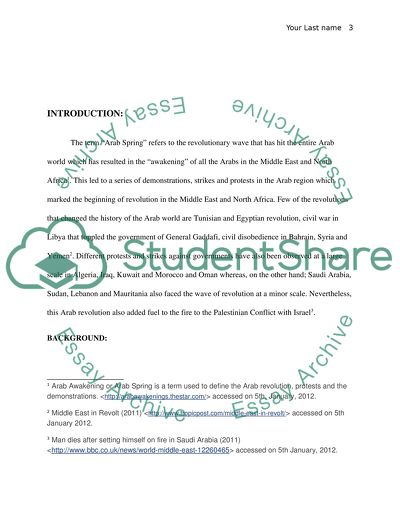Cite this document
(“Impact Of Arab Spring On The Dynamics In The Middle East And North Essay”, n.d.)
Impact Of Arab Spring On The Dynamics In The Middle East And North Essay. Retrieved from https://studentshare.org/history/1440862-what-likely-impact-will-the-arab-spring-have-on
Impact Of Arab Spring On The Dynamics In The Middle East And North Essay. Retrieved from https://studentshare.org/history/1440862-what-likely-impact-will-the-arab-spring-have-on
(Impact Of Arab Spring On The Dynamics In The Middle East And North Essay)
Impact Of Arab Spring On The Dynamics In The Middle East And North Essay. https://studentshare.org/history/1440862-what-likely-impact-will-the-arab-spring-have-on.
Impact Of Arab Spring On The Dynamics In The Middle East And North Essay. https://studentshare.org/history/1440862-what-likely-impact-will-the-arab-spring-have-on.
“Impact Of Arab Spring On The Dynamics In The Middle East And North Essay”, n.d. https://studentshare.org/history/1440862-what-likely-impact-will-the-arab-spring-have-on.


